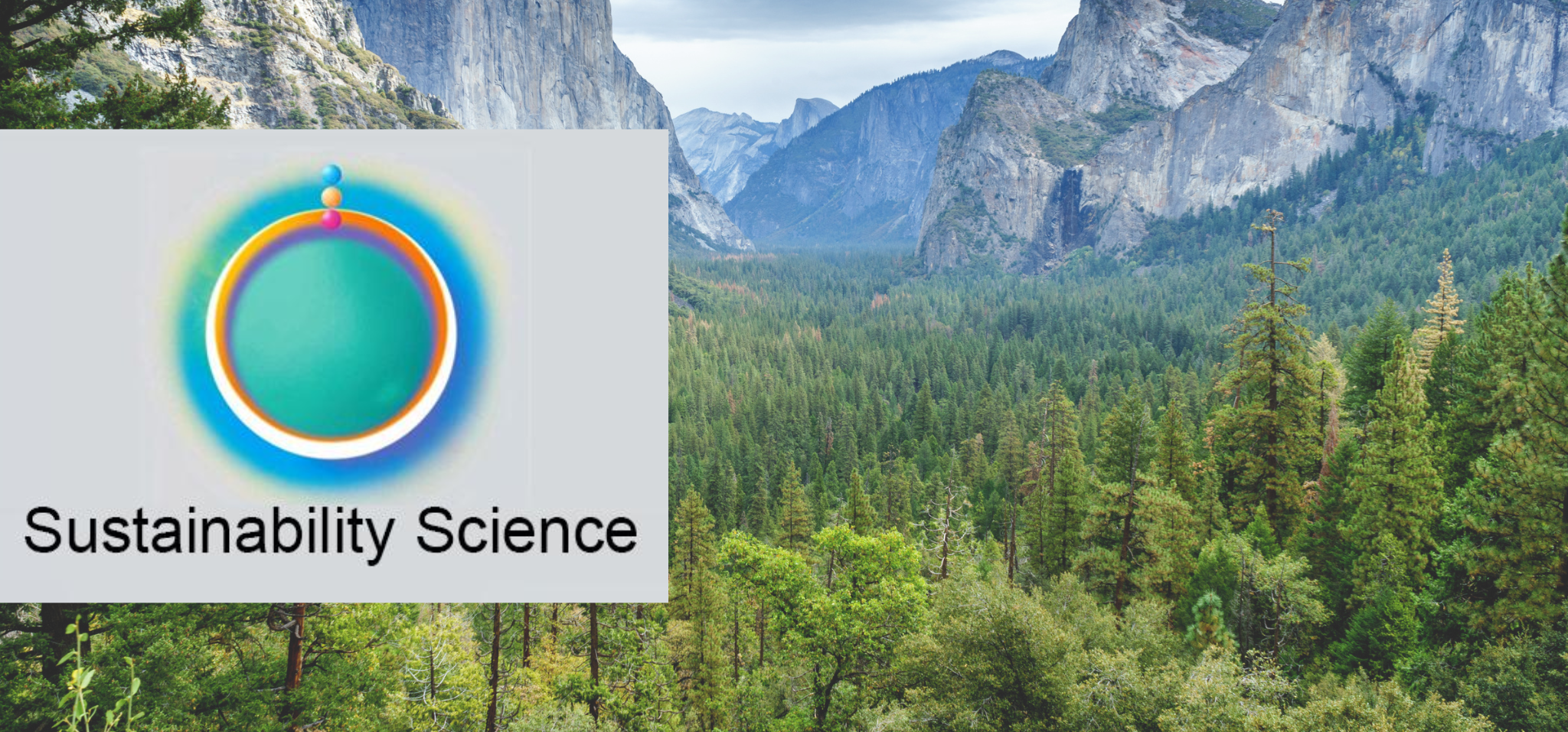
The latest paper led by FABLE Canada has been published in Sustainability Science, as part of the Special Issue 'Globally-Consistent National Pathways towards Sustainable Food and Land-use Systems'.
Authors: Hisham Zerriffi, Rene Reyes & Avery Maloney.
Abstract
Meeting global sustainability targets under the United Nations Sustainable Development Goals and the Paris Agreement requires paying attention to major land-use sectors such as forestry and agriculture. These sectors play a large role in national emissions, biodiversity conservation, and human well-being.
There are numerous possible pathways to sustainability in these sectors and potential synergies and trade-offs along those pathways. This paper reports on the use of a model for Canada’s land use to 2050 to assess three different pathways (one based on current trends and two with differing levels of ambition for meeting sustainability targets).
This was done as part of a large international consortium, Food, Agriculture, Biodiversity, Land and Energy (FABLE), which allows for incorporating international trade in meeting both national and global sustainability targets.
The results show not only the importance of increasingly stringent policies in meeting the targets, but also the role that population and consumption (e.g., diets) play in meeting the targets. Both the medium and high ambition sustainability pathways can drastically reduce greenhouse gas emissions while protecting forestland.